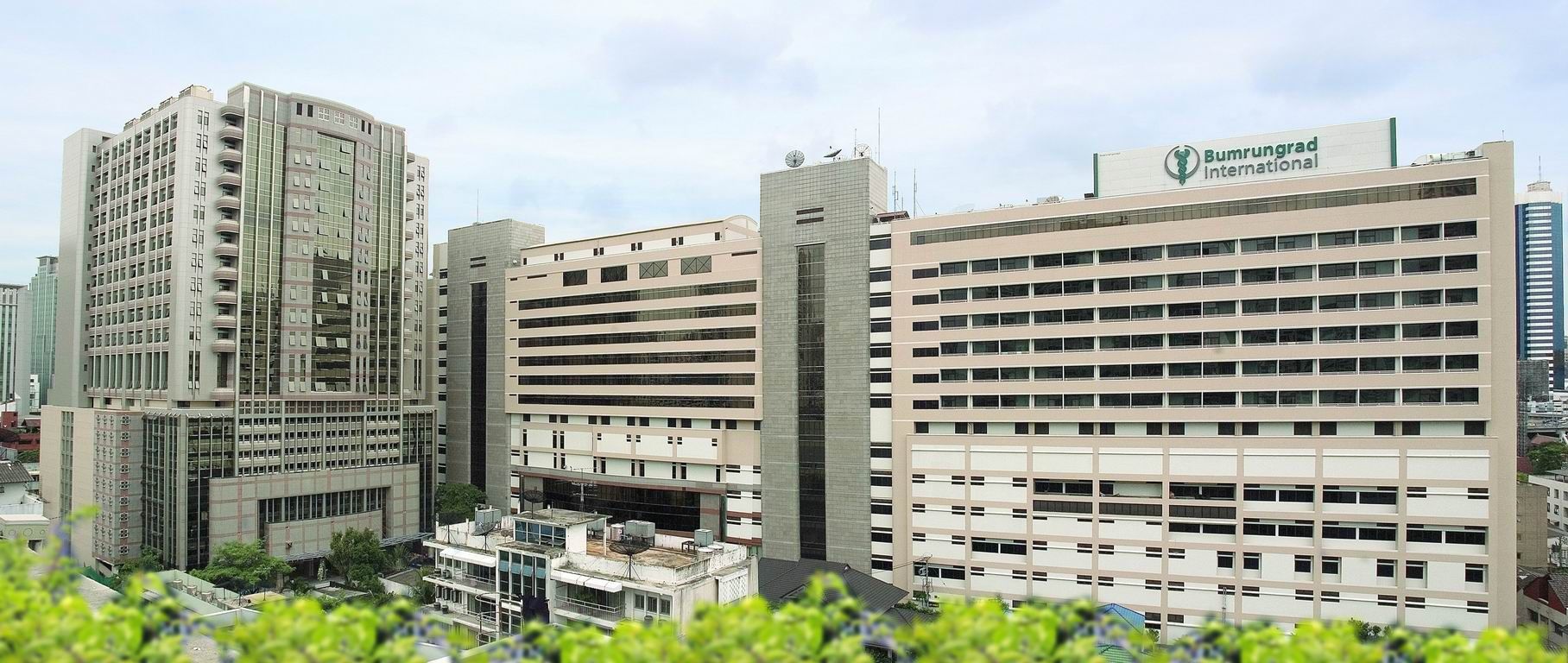Orthopaedic
Bunion Surgery Treatment
Bunion Surgery
A bunion is a bony bump that forms at the base of the patients big toe, where it forms a union with a foot bone known as the first metatarsal. The patients big toe points excessively toward their second toe when they have a bunion. The bunion is a foot deformity that includes both the bone and soft tissue, the bunion can be painful.
What is Bunion Surgery?
A bunion is a bony bump that forms at the base of the patient’s big toe, where it forms a union with a foot bone known as the first metatarsal. The patient’s big toe points excessively toward their second toe when they have a bunion. The bunion is a foot deformity that includes both the bone and soft tissue, the bunion can be painful. Wearing shoes that are too small or too narrow in the toe area is one of the most common causes of bunions. The chances to develop bunions in women are more as compared to that of men. Bunion removal is a surgical process that corrects a deformed area of the foot near the big toe. Bunion removal is sometimes called a bunion surgery, hallux valgus correction, or bunionectomy. Bunion removal is only required if nonsurgical treatment methods do not relieve the pain. Most patients with bunions find pain relief with simple treatments for reducing pressure on the big toe, such as wearing wider shoes or using pads in their shoes. However, if these methods do not relieve the symptoms, the doctor may suggest bunion surgery. There are various types of surgeries for correcting a bunion. Bringing the big toe back to its correct position may involve realigning tendons, bone, and nerves, ligaments.
Types of Surgical Procedure
The type of surgical process done depends on the severity of the bunion, activity level, age, general health, and the condition of the bones and connective tissue.
Other factors may influence the choice of a procedure performed:
- Mild bunion: For this type of surgery, the surgeon may detach the enlarged portion of bone and realign the tendons, muscles, and ligaments that surround the joint.
- Moderate bunion: For a moderate bunion, the surgeon may cut the bone and shift the bone to its proper position. Whether or not the bone is being cut depends upon the severity and location of the deformity. In addition to that, the surrounding tendons and ligaments may be repositioned.
- Severe buntret For a severe bunion, surgery may involve the removal of the enlarged portion of the bone, and correcting the position of the tendons, and ligaments, cutting and realigning the bone.
- Arthritic bunion or big toe joint: If the joint is damaged beyond repair, as is seen in arthritis, it may be required to be fused. This allows the bones to heal together and thus eliminating the movement and pain. Sometimes, joint replacement implants may be required in the reconstruction of the big toe joint.
Need for Bunion Surgery
An operation may be performed for a bunion which is a bony growth that develops on the big toe and produces severe pain and discomfort as well as hinder one’s movement.
Here are common reasons why bunion surgery might be considered:
- Persistent Pain
- Limited Mobility
- Severe Deformity
- Arthritis
- Failure of Non-Surgical Treatments
- Nerve Compression
Bunion Symptoms
Symptoms of bunions include:
- Pain in the joint of the big toe, which gets more worse by wearing tight-fitting shoes
- Trouble in walking normally
- Numbness of the big toe
- Feeling of burning
- Calluses where the toes are rubbed together
What are the risks involved in bunion surgery?
As with any other surgical procedure, complications can occur.
Some possible complications may include the following:
- Stiffness
- Numbness
- Swelling
- Delayed healing
- Infection
Other complications may include nerve damage, continued pain, and recurrence of the bunion. The surgery may sometime also result in the overcorrection of the problem, in which the big toe extends away from the other toes. There may be other risks depending on the patient’s specific medical condition.
What Causes Bunions?
Bunions develop due to the pressure on the big toe joint. This pressure is caused as a result of the changes in the anatomy of the foot, which results in uneven weight on the foot's tendons and joints of the patients. Rather, tight shoes may worsen the developing bunion by placing the big toe in the incorrect position.
Bunions run in the families, suggesting that there's a genetic predisposition to certain foot shapes and structures that lead to bunions.
Conditions that contribute to bunion development may include:
- Loose joints and tendons, low arches, and Flat feet
- Rheumatoid arthritis, psoriatic arthritis, and gout
- Some connective tissue disorders, such as Ehlers–Danlos syndrome, Down syndrome, and Marfan syndrome,
- Foot injuries
- Certain neuromuscular disorders, such as Charcot–Marie–Tooth disease and cerebral palsy
Facilities and Services offered for International Patients for Surgery for Bunion Treatment
The great majority of hospitals and clinics performing bunion surgery have specialized services for foreign clients to facilitate their stay before, during, and after the procedure.
These services typically include:
- Pre-Surgery Consultation and Evaluation
- Visa and Travel Assistance
- Language Services
- Surgical Services
- Post-Surgery Care
- Accommodation Services
- Post-Surgery Follow-up and Support
Pre-Treatment Process of Bunion Surgery
The pre-treatment process for bunion surgery involves several key steps to ensure that you are fully prepared for the procedure and that the best possible outcome is achieved.
Here's a breakdown of the typical pre-surgery process:
- Initial Consultation with a Surgeon
- Diagnosis and Surgical Plan
- Pre-Surgery Preparations
- Patient Education
- Preparing for the Day of Surgery
Diagnostic Tests for Surgery for Bunion Treatment
Preoperative investigations prior to a bunion surgery would include some imaging studies to assess the extent of the bunion and select the most appropriate surgical strategy.
Here are the common diagnostic tests typically used in the pre-surgical process for bunions:
- X-Ray
- MRI
- CT Scan
- Blood Tests
- Foot Function and Gait Analysis
Bunion surgery procedure & recovery
- If the patients continue to experience pain and disability even after trying these conservative treatments, surgery may be needed.
- There are more than 150 surgical procedures for bunions, what surgical procedure the patients undergoes depends on the severity of the bunion the patients have.
- For mild bunions, the surgeon may do a bunionectomy, which involves cutting off the extra bone on the outside of the first metatarsal bone and thus realigning the tendons, muscles, and ligaments of the patient’s big toe.
- If the bunion is moderately deformed, the surgeon will cut the bone closest to the metatarsal head, the top of the first metatarsal bone for moving it into the correct position.
- The patient’s bone will then be held in place with the help of screws or pins while the patients heal.
Recovering from bunion surgery
While recovery after bunion surgery takes up to eight weeks, full recovery from bunion removal surgery can take an average of six months. For the first two weeks following the surgery, the patients will be required to wear a surgical boot or cast for protecting their foot. The patients should avoid getting their stitches wet. After removing the cast or boot, they will wear a brace for supporting their foot while they heal. The patients won’t be able to bear weight on their foot at first, and they will require crutches for assistance. Gradually, the patients can start putting some weight on their foot, using either a walker or crutches for support. The patients must keep off their feet as much as they can. Icing the foot and toe can help in speed healing and reducing inflammation. After a week or two, the patients can drive if necessary. The patient’s foot may remain swollen to some degree for several months after bunion removal has taken place. The patients may wear shoes with ample room for minimizing their pain. Women should try to avoid wearing high heels for at least six months after bunion has been removed.
Post-Treatment Process of Bunion Surgery
Rehabilitation after bunionectomy is critical to avoid postoperative problems and to get the best result of surgeries tried on the particular deformity.
Here's what to expect during the recovery phase:
- Immediate Post Surgery Care
- Follow-up Appointments
- Recovery Timeline
- Physical Therapy and Rehabilitation
- Pain Management during Recovery
- Long-Term Care
Success Rate of Bunion Treatment
The outcomes of the surgical treatment of bunions are generally very good, with success rate anywhere from 85 to 95%. However, the extent of success of the surgery always depends on one factor or the other.
Best Hospitals for Bunion Removal
- Paras Hospital
- Max Hospital, Saket
- Fortis Hospital, Vasant Kunj
- Fortis Escorts Heart Institute, New Delhi
Best Doctors for Bunion Removal
- Dr. Vivek Logani
- Dr. Vikas Gupta
- Dr. Manoj Miglani
- Dr. Subhash Jangid
Why Choose GetWellGo for Bunion Surgery?
GetWellGo has become one of the rapidly growing healthcare service platforms for patients in search of reasonably priced, efficient medical treatments, including bunion surgery.
Here are some reasons why you might choose GetWellGo for your bunion surgery:
- Expert Orthopedics Surgeon
- Comprehensive Pre and post-operative care
- Affordable Treatment Options
- Visa Assistance
- Travel and Accommodation
- Language Support
Conclusion
Surgery should be considered in cases of severe bunion that compromises the patient’s ability to walk, is painful or uncomfortable. It eradicates deformity, corrects footprint, and raises the standard of living of the patient. Surgical practices have evolved and made even complicated operations to have shorter recuperation periods and little dangers. Getting evaluations done before the surgery, the follow ups after the surgery and making sure you get your surgery from a good surgeon. Possible issues are super infection, nerve injury, or slow recovery. If well managed and with professional assistance patients are likely to have very good results and recovery process.
FAQ
1. What are the advantages associated with the surgery?
- Pain Relief: The main advantage of bunion surgery is the improvement or complete absence of pain resulting from the bunion if simple methods such as changing footwear, taking painkillers, etc cannot help.
- Improved Foot Function: Foot surgery can help bring back the proper positioning of the foot achieving better walking, standing and overall physical activity with little to no pain.
- Cosmetic Improvement: Many patients gain a psychological benefit from the surgery since it corrects the form of the foot and thus increases one’s confidence.
- Prevention of Further Deformity: Surgery can slow down the progression of the bunion and decrease them in size which if not done will result in increase in pain, damage to the affected joint and decrease in mobility.
- Restoration of Quality of Life: In bad cases of bunions or in cases where conservative therapies do not work, the change involved can be phenomenal and this is because a patient is able to go back to exercising, walking or even running.
2.How soon can one return to their normal routine after getting a bunion surgery?
- Initial Recovery: During the first 2 to 3 weeks after surgery, the patient is mostly advised to have limited mobility and keep their limbs raised. Although immobilization is usually prescribed for a short time, you may need to wear a special shoe or boot to cover your foot.
- Weight-Bearing: The postoperative mobilization will be with crutches or a walking boot for 6-8 weeks. He may start shifting some weight to the foot prior to the full surgery if the surgery was done minimally invasive.
- Return to Normal Activities: Low – impact workouts can return within the range of six to eight weeks, but running sports and more intense activities may take 3- 6 months, based on the recovery period.
- Full Recovery: The most important point is that the patient can walk without support after 3 months but slight or moderate pain might still be experienced; Complete recovery that implies full mobility or strengthening of the affected muscles might take 6-12 months. But, the majority of patients are likely to record high satisfaction with pain and function after about 3 months.
3. How effective is bunion surgery?
- When it comes to the surgical treatment of bunions, the success rates of these procedures are rather high, which is confirmed by 85-95% success rate depending on the case. It therefore varies with the bunion deformity, the method of surgery, the surgeon, and the level of follow-up.
TREATMENT-RELATED QUESTIONS
GetWellGo will provide you end-to-end guidance and assistance and that will include finding relevant and the best doctors for you in India.
A relationship manager from GetWellGo will be assigned to you who will prepare your case, share with multiple doctors and hospitals and get back to you with a treatment plan, cost of treatment and other useful information. The relationship manager will take care of all details related to your visit and successful return & recovery.
Yes, if you wish GetWellGo can assist you in getting your appointments fixed with multiple doctors and hospitals, which will assist you in getting the second opinion and will help you in cost comparison as well.
Yes, our professional medical team will help you in getting the estimated cost for the treatment. The cost as you may be aware depends on the medical condition, the choice of treatment, the type of room opted for etc. All your medical history and essential treatment details would be analyzed by the team of experts in the hospitals. They will also provide you with the various types of rooms/accommodation packages available and you have to make the selection. Charges are likely to vary by the type of room you take.
You have to check with your health insurance provider for the details.
The price that you get from GetWellGo is directly from the hospital, it is also discounted and lowest possible in most cases. We help you in getting the best price possible.
No, we don't charge patients for any service or convenience fee. All healthcare services GetWellGo provide are free of cost.
Top Doctors for Orthopaedic
Top Hospitals for Orthopaedic
Contact Us Now!
Fill the form below to get in touch with our experts.



.jpg)



